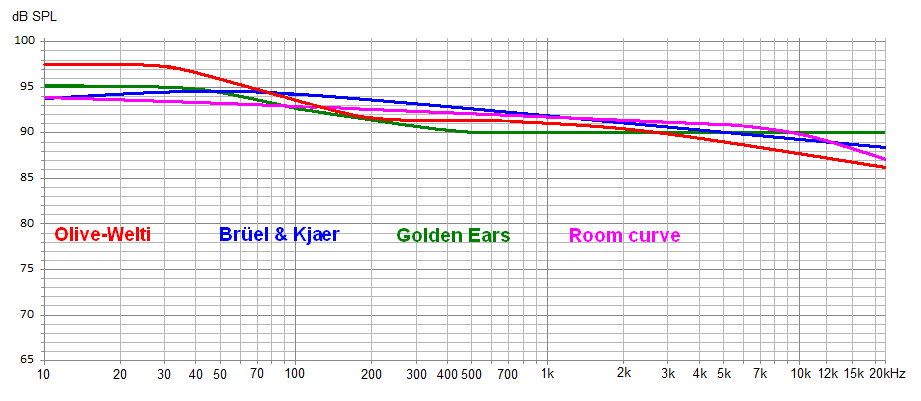dasdoing
Major Contributor
I did use "similar", even if I was a bit moody in my post. Personally, I think that EQing anechoically flat speakers above the Schroeder frequency is useless, these curves just describe the outcome in some normalized conditions, not a target.
well, they always will be "similar", since the downslope is just a consequence of the reflected sound lossing energy the higher the frequency.
but I get your point.
if I had "the perfect speaker" above 800-1000Hz-ish I would left it untouched there, too.....altough I am not sure (percieved) direct sound in a room equals 100% anachoic meassurement

